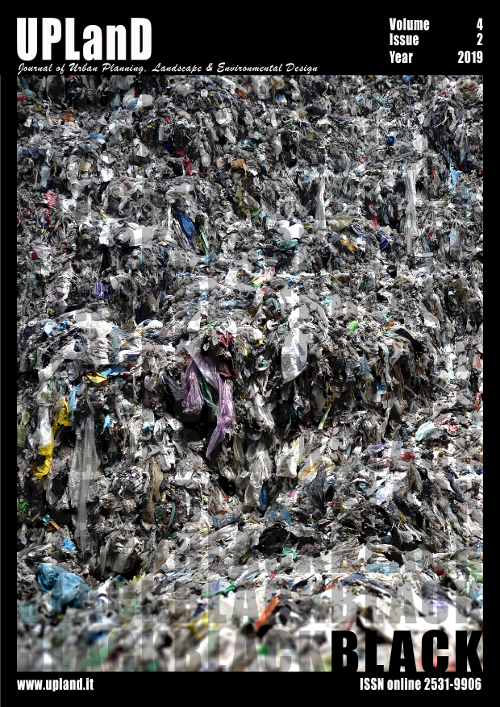Archaeological heritage and anthropized contexts: limits and opportunities
Main Article Content
Abstract
The highly stratified nature of Mediterranean cities, if on the one hand contributes to the construction of an image with remarkable historical and artistic values, on the other it makes their reading and understanding more complex. The relationship between archaeology and the context, especially urban, has many variables and problems related both to the mode of use of the user/citizen as well as the need for transformation and growth of the city itself.
Archaeological heritage is not a sort of “reserve” that is separated from the context. On the contrary, it is necessary to work to reduce the gap that often exists between everyday reality and the reality of the asset, the result of years of isolation policies.
This contribution, from the research-project experiences matured by the author, proposes an hypothesis of “enriched” path in which cultural heritage, in particular archaeological, are put to system with the context of belonging. The sustainable use of cultural resources and the concept of “selecting” the most significant goods in relation to the path to be realized, are the main ideas of the proposed considerations as well as Accessibility, comfort and safety concepts of the visit are the strategic points of a fruition project to be developed starting from the user’s needs and in compliance with the environmental and technological compatibility of the asset to be protected.
Downloads
Article Details
- Authors retain copyright and grant the journal right of first publication with the work simultaneously licensed under a Creative Commons Attribution License that allows others to share the work with an acknowledgement of the work's authorship and initial publication in this journal.
- Authors are able to enter into separate, additional contractual arrangements for the non-exclusive distribution of the journal's published version of the work (e.g., post it to an institutional repository or publish it in a book), with an acknowledgement of its initial publication in this journal.
- Authors are permitted and encouraged to post their work online (e.g., in institutional repositories or on their website) prior to and during the submission process, as it can lead to productive exchanges, as well as earlier and greater citation of published work (See The Effect of Open Access).
References
Cici, C., & Schmidt Di Friedberg, P. (1998). Nuove forme di turismo: definizioni e glossario. In M. Bianchi (Ed.), L’arte del viaggio – ragioni e poesia di un turismo sostenibile. Milano, IT: MC Editrice.
Eco, U., Zeri, F., Piano, R., & Graziani, A. (1998). Le isole del tesoro. Venezia, IT: Electa.
Frettoloso, C. (2010). Dal consumo alla fruizione: tecnologie innovative per il patrimonio archeologico. Firenze, IT: Alinea editrice.
Genovesi, E. (1999). Simulazioni per un progetto: il museo diffuso e il sistema museale. In Musei e Parchi archeologici, Quaderni del Dipartimento di Archeologia e Storia delle Arti sezione archeologica (pp.105-143). Firenze, IT: University of Siena.
Ireland, T. (2016). Up Close and Personal: Feeling the Past at Urban Archaeological Sites. Public History Review, 23, 43-55. doi: 10.5130/phrj.v23i0.5332
Manzione, L. (2000). Archeologia e città: la trasgressione dei limiti. Intervista a Yannis Tsiomis. Retrieved from http://architettura.it
Ricci, A.M. (2006). Attorno alla pietra nuda. Archeologia e città tra identità e progetto. Roma, IT: Donzelli.
Ruggieri Tricoli, M. C., & Sposito, C. (2004). I siti archeologici. Dalla definizione del valore alla protezione della materia. Palermo, IT: Flaccovio editore.
Ranellucci, S. (1996). Strutture protettive e conservazione dei siti archeologici. In Opus saggi 5. Pescara, IT: Carsa edizioni.
Stiles, R. (2011). Manuale per spazio urbano, Progetto “UrbSpace”. Retrieved from
http://urbanspace.rec.org/files/Joint-Strategy-in-Italian.pdf, 5-6.

